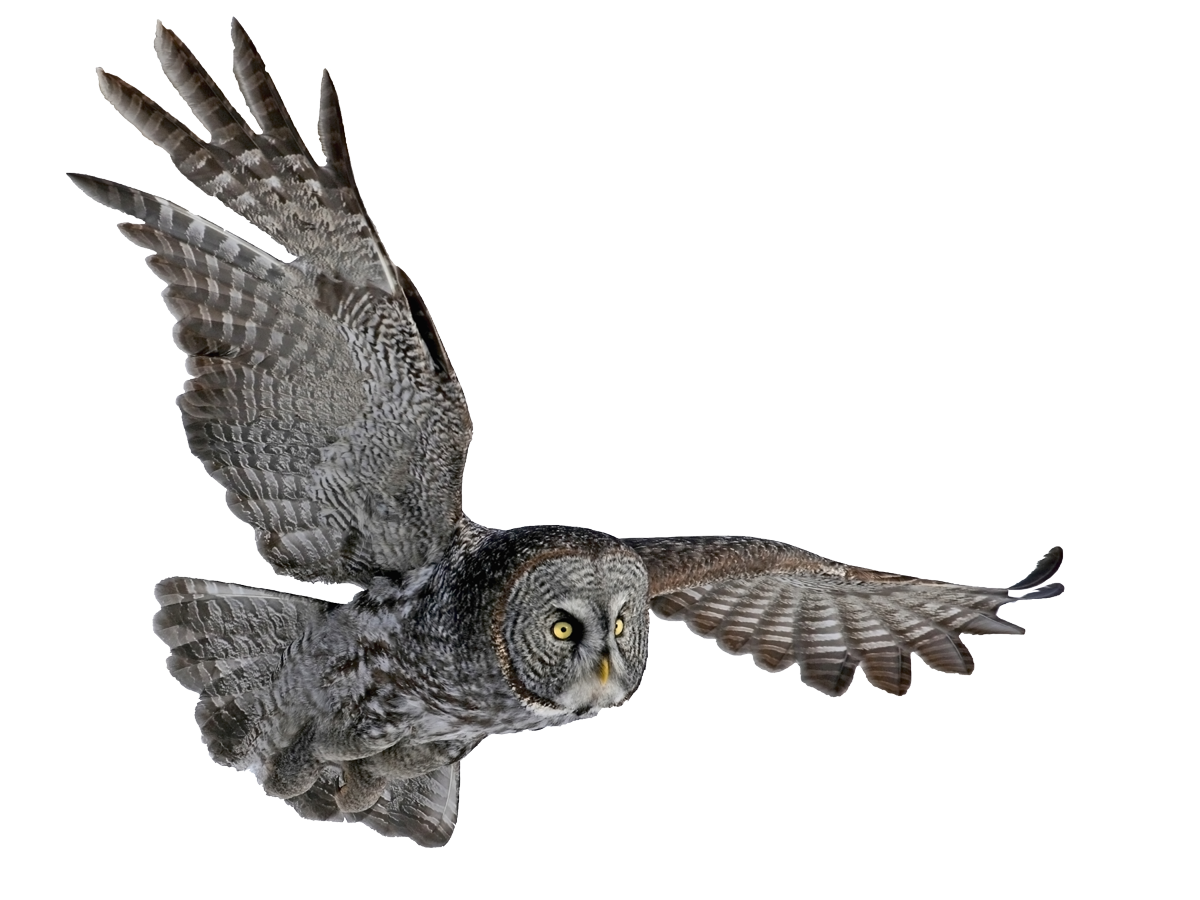Pest categories

House mouse
Common carpet beetle, fur beetle, museum beetle and larder beetle
Fleas
Clothes moth and case bearing clothes moth
Pharaoh ants
Black rat
Flies and houseflies
Gulls
Other pests of stored foodstuffs are beetles
Mediterranean Flour Moth, Indianmeal moth, cacao moth and Broad-barred knot-horn moth
Wood-damaging beetles
Meat flies
Domestic pigeon
Brown rat
Fruit flies (drosophila)
Ants
Cockroaches
Wasps
Bed bugs
Raven birds
Sparrows
Contact us
Common carpet beetle, fur beetle, museum beetle and larder beetle
Beetles that live naturally in Lithuania under outdoor conditions.
Why it is a pest?
They damage wool, feathers, fur, leather goods or materials.
They damage zoological collections (stuffed animals, entomological collections).
Spoil smoked and dried meat and meat products.
They damage zoological collections (stuffed animals, entomological collections).
Spoil smoked and dried meat and meat products.
Which areas are relevant?
- Home
- In the fur and leather processing industry
- In meat production establishments
- In museums
- Accommodation service companies
What do they harm and who do they harm?
- Wool, feathers, fur, leather and articles thereof
- Stuffed animals and their collections
- Harmful to entomological collections
Key attributes
Female beetles lay their eggs on animal products and articles.
Under favourable conditions, two generations of the carpet beetle and one each of the larder and fur beetles can develop per year.
The larvae are covered with hair. They feed on wool, fur and other animal products. Sometimes they damage cereals and cereal products, seeds, herbs and dried fruits (larder and carpet bark beetles). Adults feed on nectar and flower pollen.
Fur beetles live where there is more moisture.
They spread through the transportation of pest-infested products and through bird latteralways contain down and feathers for the beetles to feed on.
Under favourable conditions, two generations of the carpet beetle and one each of the larder and fur beetles can develop per year.
The larvae are covered with hair. They feed on wool, fur and other animal products. Sometimes they damage cereals and cereal products, seeds, herbs and dried fruits (larder and carpet bark beetles). Adults feed on nectar and flower pollen.
Fur beetles live where there is more moisture.
They spread through the transportation of pest-infested products and through bird latteralways contain down and feathers for the beetles to feed on.
PEST CONTROL involves the protection of human health, property and food resources from unwanted harmful organisms ⎯ pests.
Copyright


